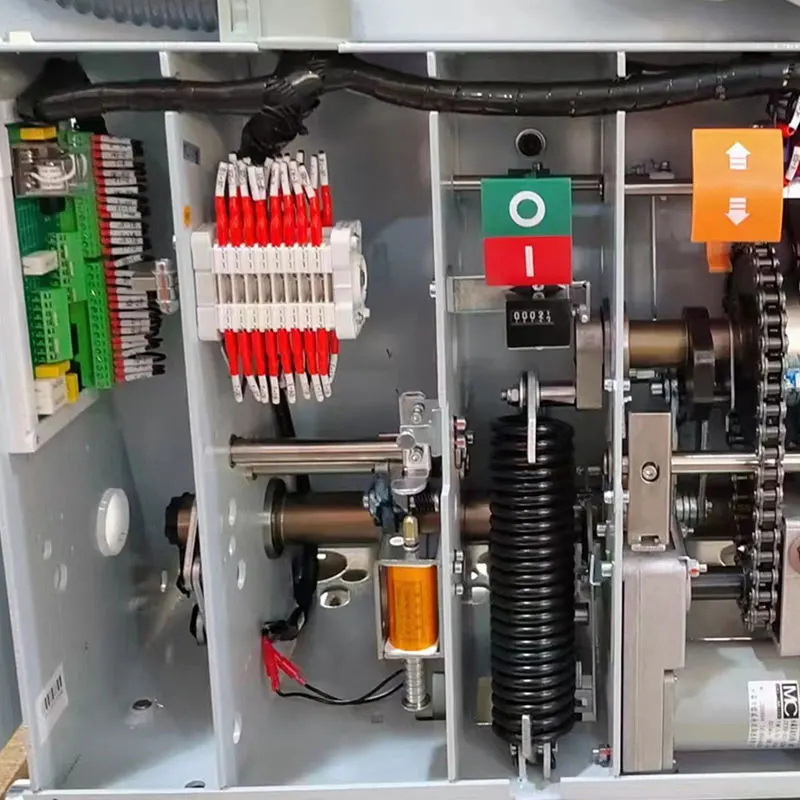 English
English Español
Español  Português
Português  русский
русский  Français
Français  日本語
日本語  Deutsch
Deutsch  tiếng Việt
tiếng Việt  Italiano
Italiano  Nederlands
Nederlands  ภาษาไทย
ภาษาไทย  Polski
Polski  한국어
한국어  Svenska
Svenska  magyar
magyar  Malay
Malay  বাংলা ভাষার
বাংলা ভাষার  Dansk
Dansk  Suomi
Suomi  हिन्दी
हिन्दी  Pilipino
Pilipino  Türkçe
Türkçe  Gaeilge
Gaeilge  العربية
العربية  Indonesia
Indonesia  Norsk
Norsk  تمل
تمل  český
český  ελληνικά
ελληνικά  український
український  Javanese
Javanese  فارسی
فارسی  தமிழ்
தமிழ்  తెలుగు
తెలుగు  नेपाली
नेपाली  Burmese
Burmese  български
български  ລາວ
ລາວ  Latine
Latine  Қазақша
Қазақша  Euskal
Euskal  Azərbaycan
Azərbaycan  Slovenský jazyk
Slovenský jazyk  Македонски
Македонски  Lietuvos
Lietuvos  Eesti Keel
Eesti Keel  Română
Română  Slovenski
Slovenski  मराठी
मराठी  Srpski језик
Srpski језик
How Does a Vacuum Circuit Breaker Work?
2025-03-02
The vacuum circuit breaker is an indispensable switchgear in the power system. It is mainly composed of three parts: frame, arc extinguishing chamber (i.e. vacuum bubble) and operating mechanism. Among them, the conductive circuit is the core part of the circuit breaker, which is carefully composed of the inlet and outlet conductive rods, insulating supports, conductive clamps, soft connections and vacuum arc extinguishing chambers.
The operating mechanism is responsible for executing the closing and opening operations of the circuit breaker, including closing springs, energy storage systems, overcurrent releases, opening and closing coils and other components. When working, the mechanism achieves precise control of the current through electric energy storage, electric opening and closing, and manual functions.
When the current reaches the predetermined value, the vacuum circuit breaker will use the current zero-crossing characteristics in a high vacuum environment to extinguish the arc through the rapid diffusion of plasma, effectively cutting off the current. In the middle, it involves multiple steps such as energy storage and closing. Through a series of precise mechanical actions, the stability and reliability of the circuit breaker are ensured.
The opening operation is that when the circuit breaker is in the closed state, the opening signal is received, and the opening electromagnet will start to work, causing the iron core to be attracted. This action will cause the top rod in the opening release to move upward, which in turn causes the trip shaft to rotate. A series of chain reactions will drive the top rod upward and push the bent plate, causing it to drive the half shaft to start rotating counterclockwise. As the half shaft and the rocker arm are unlocked, the opening spring will immediately take effect, pushing the circuit breaker to complete the opening action.




